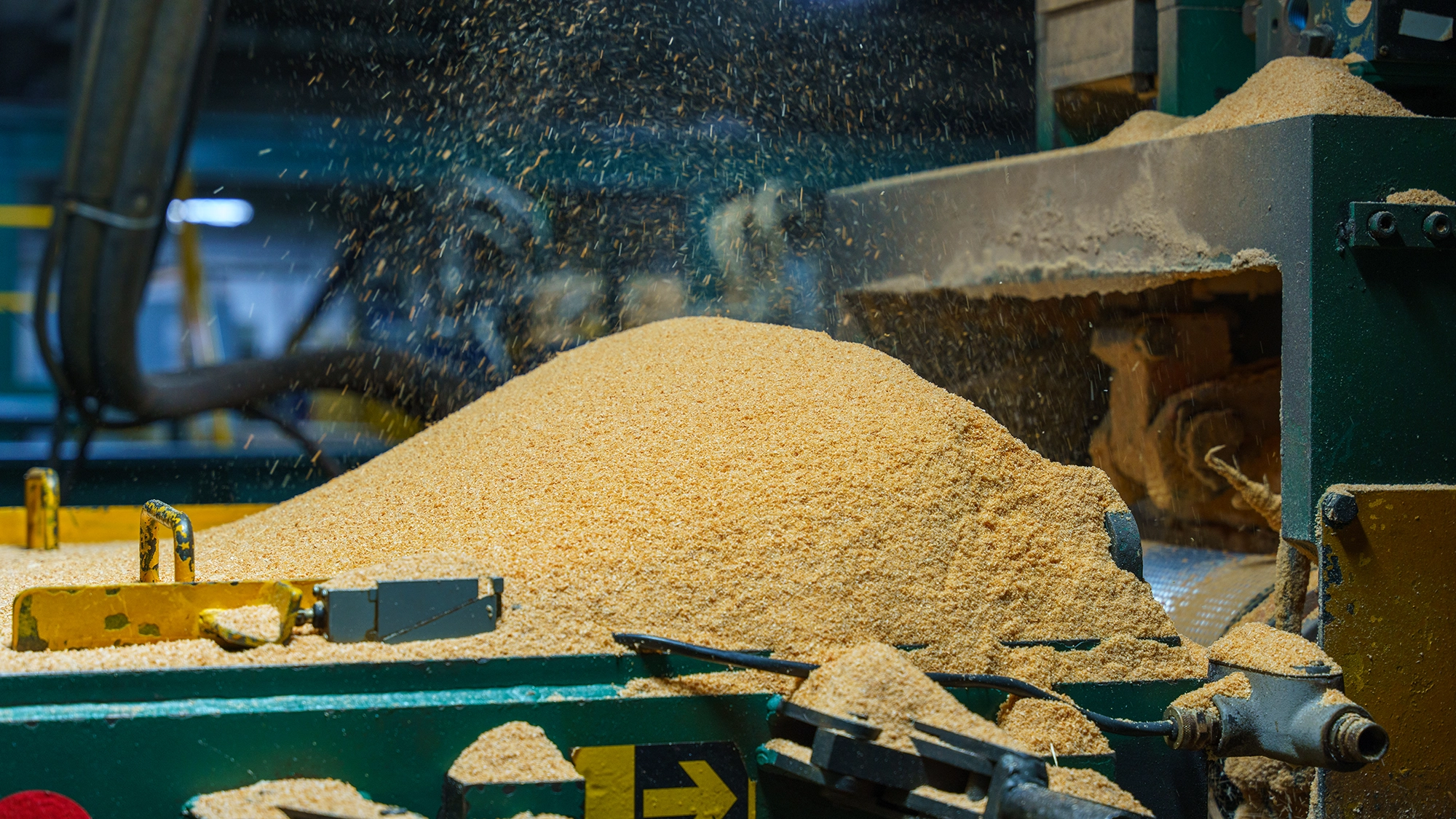Article Links
What is Sawdust?
Sawdust is a byproduct of cutting, grinding, drilling, or sanding wood. It consists of wood particles and can vary in texture from coarse to fine, depending on the type of wood and the cutting process. Sawdust is produced whenever wood is processed.
Types of Wood That Can Produce Sawdust
Any wood can produce sawdust, including both softwoods and hardwoods.
Softwoods
- Douglas Fir (Pseudotsuga menziesii)
- Hemlock (Western Hemlock, Tsuga heterophylla and Eastern Hemlock, Tsuga canadensis)
- Pine
- Spruce
- Cedar
Hardwoods
- Oak
- Maple
- Birch
- Walnut
- Mahogany
Sawdust from Wood Used at North Fork
Douglas Fir
- Appearance and Texture: Typically light brown to reddish-brown, with a medium to coarse texture.
- Properties: Douglas fir sawdust is relatively strong and durable, reflecting the characteristics of the wood itself. It has a distinct, pleasant resinous odor.
- Uses: Often used in particleboard and for energy production (biomass fuel). It can also be used in mulch and composting, though in smaller quantities due to its potential acidity.
Hemlock Fir
- Appearance and Texture: Usually pale yellow to light brown, with a finer texture than Douglas fir.
- Properties: Hemlock sawdust is softer and less dense, making it easier to work with in certain applications. It has a mild, somewhat woody scent.
- Uses: Commonly used in pulp and paper production, as well as in particleboard. It can also be used as animal bedding, mulch, and in soil conditioning.
Commercial Uses of Sawdust:
Sawdust is a versatile material with numerous commercial applications:
- Particleboard and Fiberboard Production: Sawdust is a primary ingredient in particleboard manufacturing, fiberboard, and other engineered wood products. The sawdust is mixed with resins and compressed to form panels used in furniture and construction.
- Pulp and Paper Production: Softwood sawdust, such as from hemlock, is often used to produce paper and cardboard. The fibers are processed into pulp and turned into paper products.
- Energy Production: Sawdust can be used as biomass fuel for heating and electricity generation. It is often compressed into pellets or briquettes for more efficient burning.
- Mulch and Soil Conditioning: Sawdust is used as mulch in gardening and landscaping. It helps retain soil moisture and suppress weeds. It gradually decomposes, adding organic matter to the soil. However, sawdust from certain woods, like Douglas fir, should be used in moderation due to its potential acidity.
- Animal Bedding: Sawdust, particularly from softwoods like hemlock, is widely used as bedding for livestock and small animals. It is absorbent and provides a soft, comfortable surface.
- Absorbent Material: Sawdust is used as an absorbent material in industrial applications, such as cleaning up spills or absorbing oils and chemicals.
- Composting: Sawdust can be added to compost piles, usually balanced with nitrogen-rich materials to avoid slowing down the composting process.
- Arts and Crafts: In arts and crafts, sawdust is used to create texture in paintings, sculptures, and other decorative items.

